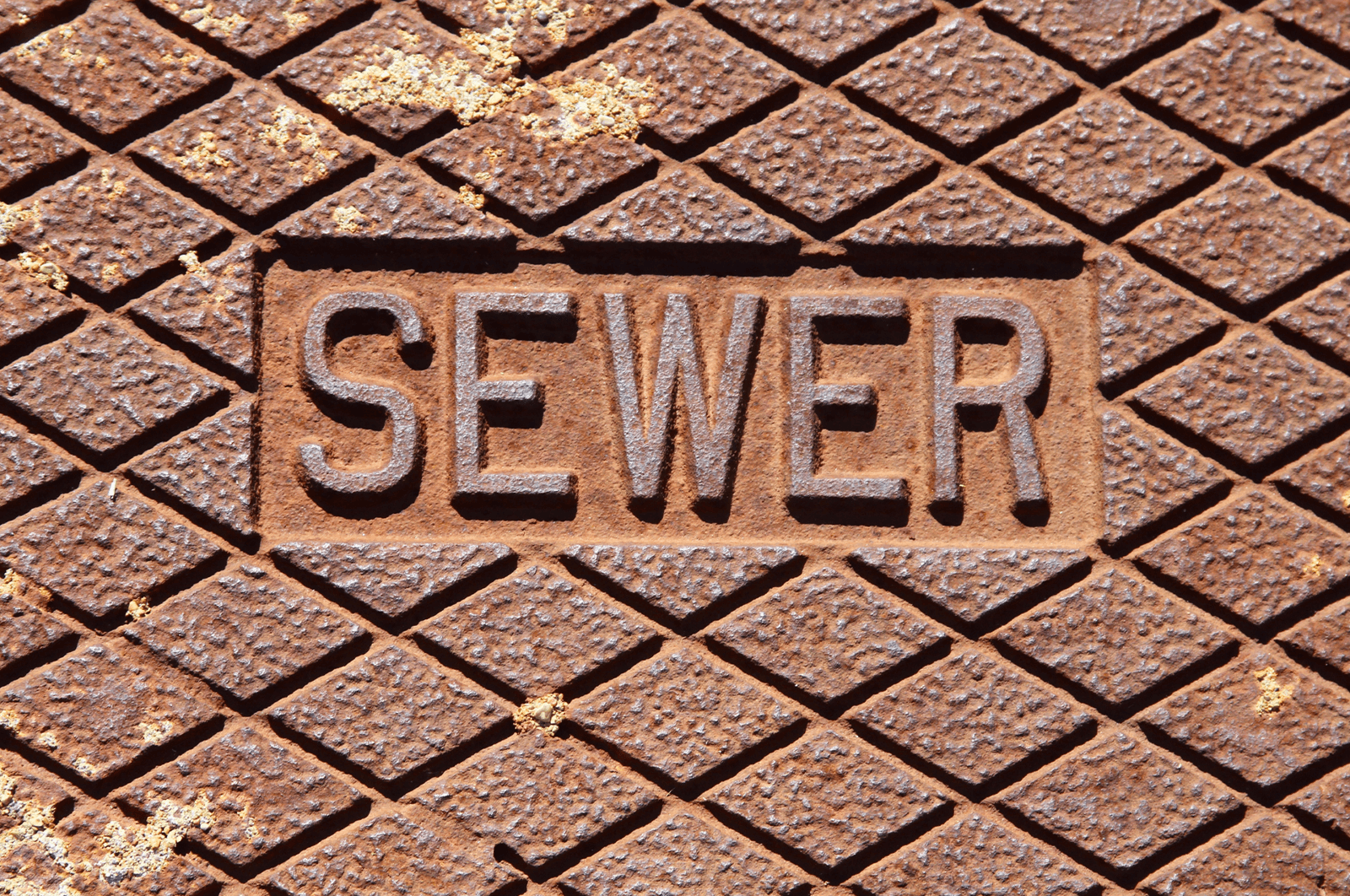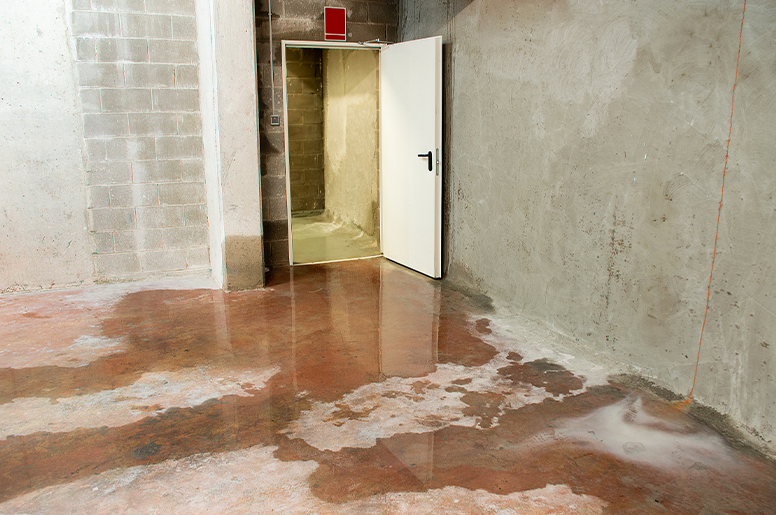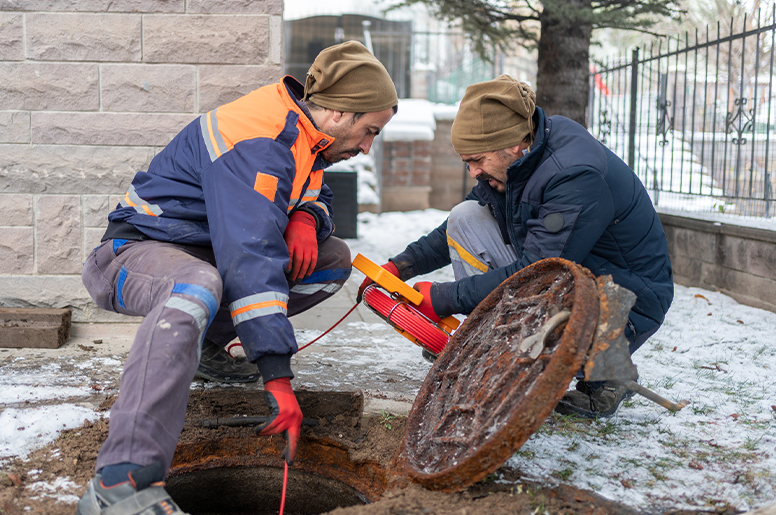Find A Plumber Near You
Call Us Now:

What is sewer backup and why does it spell disaster?
Sewer backup occurs when wastewater doesn’t properly drain away from your home. This plumbing predicament is commonly caused by damage or an obstruction.
Putting it under a microscope, sewer backup typically occurs in the main sewer line that links the property to the municipal sanitary sewers. Wastewater backed up in your home or commercial space is a foul-smelling biohazard that, unfortunately, cannot be remedied with DIY solutions.
When a sewer is backed up, you need backup from the professionals. Let’s take a closer look at what a sewer backup is and what it entails.

Let’s talk about the difference between a sewer backup and a simple drain clog. Because if the odds are in your favour, you’re likely just dealing with the latter.
Hair, grease, oil, and other debris could get stuck in the sink, toilet, shower, or tub. Basically, anything with a drain is prone to clogs every now and then, preventing water from passing through smoothly.
The primary difference between a drain clog and a sewer backup is that a drain clog usually only affects one drain at a time, not all at once. A drain snake or even a vinegar-baking soda solution should clear out the clog in no time.
You know you’re dealing with a sewer backup when wastewater overflows from the toilets, sink drains, and floor drains at the same time.
Your suspicions will get further confirmed if you notice standing water on your lawn even when it hasn’t rained. On top of that, this could be accompanied by a malodorous stench coming from the ground.
Additionally, simultaneous slow draining across your household is also attributed to potential sewer backup.
If you live in an older, more seasoned house, you most likely have floor drains that exit into municipal storm drain systems. In the event of inclement rainfall, the city sewer systems could become overwhelmed and cause water to move back into your home or commercial property and trigger a costly basement flood.
All these signs combined point to a damaged or blocked sewer line, meaning that a full-fledged sewer backup isn’t far off.
Sewer pipes are typically made of PVC, clay, iron, or Orangeburg material. Regardless of the fact that these types of materials are quite durable, they do show signs of wear and tear over time. When they deteriorate and collapse, it could result in a sewer backup.
Blockages in the municipal sewer tend to build up gradually. When the problem isn’t detected and resolved in the early stages, wastewater is bound to back up into private or commercial properties via floor drainages.
Tree roots have the ability to travel far, even into sewer lines. They can cause significant damage, and the only way to eliminate the issue is to cut the roots and replace the pipes.

Sewage backup isn’t just detrimental to your home or commercial property; it’s also dangerous to your health.
The first step you need to take is limiting exposure. Don’t let yourself or your family go near the sewer water. In the event that you must come in contact with the wastewater, shield your skin, eyes, and lungs by wearing protective gear.
Turn off the electrical circuit in the affected area only if you can access it without putting yourself in harm’s way. Also, refrain from using any of the property’s plumbing fixtures or attempting DIY repairs.
Next, call a plumber to evaluate and control the situation. At 1st Rooter, we offer expert emergency plumbing solutions 24/7. For the past 25 years, we’ve been serving the areas of Hamilton, Burlington, and Oakville with unparalleled service and an excellent customer experience.
Give us a call to learn more about our reliable sewer line repair services.
Leave A Reply